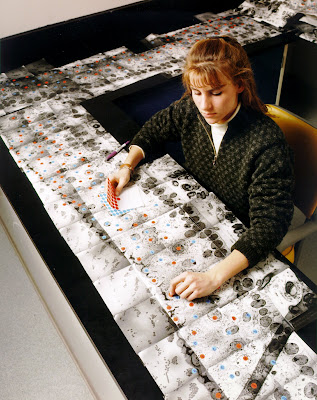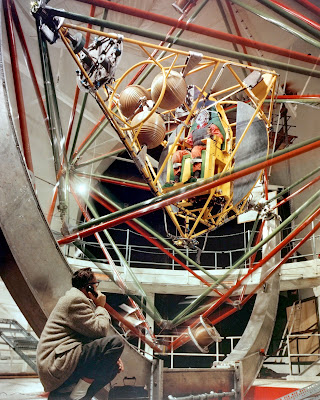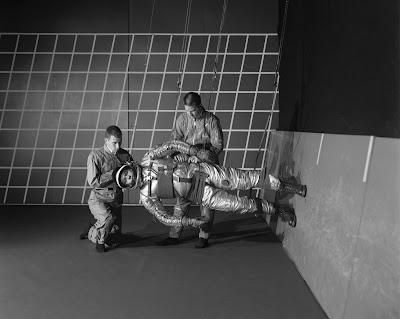
 Think of it as a testosterone-soaked sandbox: a German amusement park where, instead of standing in line to ride on roller coasters, you get to play with big, loud machines. For 219 euros, patrons can spend the day operating 29-ton Liebherr backhoes and 32-ton Komatsu front-end loaders, off-roading through the woods in a Mercedes-built Unimog, peeling out in a Suzuki SUV, and slinging some mud on quad bikes. The brainchild of Alexander Bammer, a former IT honcho, Männerspielplatz (literally "men's playground") began seven years ago as a one-off corporate promotion with a handful of rented earthmovers at a construction site near Kassel in central Germany. The event struck a chord with pasty execs who loved getting in touch with their inner ditchdigger. "Most men these days don't work on a construction site; they work at a desk," Bammer says. "They dream about experiences like this." So in 2004, he decided to open Männerspielplatz, just outside Kassel, as a 17-acre one-stop shop for man fantasy (slogan: "We fulfill men's dreams!").
Think of it as a testosterone-soaked sandbox: a German amusement park where, instead of standing in line to ride on roller coasters, you get to play with big, loud machines. For 219 euros, patrons can spend the day operating 29-ton Liebherr backhoes and 32-ton Komatsu front-end loaders, off-roading through the woods in a Mercedes-built Unimog, peeling out in a Suzuki SUV, and slinging some mud on quad bikes. The brainchild of Alexander Bammer, a former IT honcho, Männerspielplatz (literally "men's playground") began seven years ago as a one-off corporate promotion with a handful of rented earthmovers at a construction site near Kassel in central Germany. The event struck a chord with pasty execs who loved getting in touch with their inner ditchdigger. "Most men these days don't work on a construction site; they work at a desk," Bammer says. "They dream about experiences like this." So in 2004, he decided to open Männerspielplatz, just outside Kassel, as a 17-acre one-stop shop for man fantasy (slogan: "We fulfill men's dreams!").Wired


































